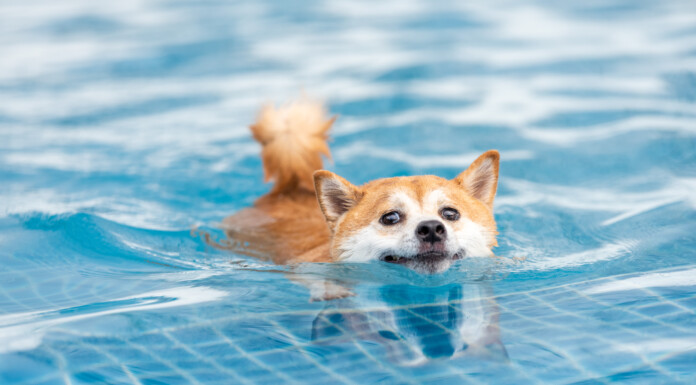With a forecast of warm weather ahead, experts are warning Wairarapa dog owners about the damage heat stress can cause to pets.
SPCA has reviewed new research on preventing heatstroke in dogs and what to do if it does reach a dangerous level.
Heat stroke can occur in dogs after exercise or exposure to hot conditions, and it can be fatal if left unattended.
SPCA Inspectorate Team Lead Ben Lakomy said that while they haven’t had any calls in Wairarapa recently regarding heat stress, he expected this would change.
“We have already been receiving calls of concern about dogs in cars in the wider Wellington region,” Lakomy said.
“Every summer, we plead with pet owners not to leave their dogs unattended in their vehicles even for a few minutes – it can be fatal for a dog.”
Lakomy said animals most affected were those without the means to seek shade and hydration, such as cats and dogs tied up with insufficient shelter and water.
Emergency surgeon at Vetcare Heidi Ward-McGrath said they see about six to 10 cases of clinical heat stroke per annum.
“At Vetcare we recommend regular grooming to keep the coat manageable and minimize the potential for overheating.”
Breeds susceptible to heat stress include brachycephalic breeds like bulldogs, pugs and boxers.
Ward-McGrath said that older dogs with palate or weight issues were also at risk when temperatures rise.
“Weight loss, the addition of some fresh food and maintaining good oral hygiene can all assist with good general health, respiratory function and resilience to hot days,” Ward-McGrath said.
“For hot dogs at home use paddling pools, cooling mats, cooling bandanas, fans and air conditioning to reduce heat stress.”
Managing nutrition could also help, and Ward-McGrath stressed to never leave dogs in cars, or leave them at home on hot days.
South Wairarapa Veterinary Services veterinarian Melanie Kuehn agreed.
“The biggest rule is dogs in cars. Even if you crack a window, it doesn’t matter because they don’t feel the breeze.”
She said the breeds most at risk were those with higher muscle levels.
“The more muscle you have, the more heat you generate,” Kuehn said.
“Short muscly pups will struggle a lot more in the heat; you need to be careful with them.”
In her experience working in Britain and Australia, Kuehn said the worst cases of heatstroke in dogs weren’t usually at extreme temperatures, but at levels above 25degC.
“Because that’s when it feels nice to us, and humans sweat to cool down so we can feel a breeze and it feels good,” Kuehn said.
“But dogs don’t sweat, they pant to cool themselves. It’s a very inefficient way to cool and can easily lead to overheating.
“It costs energy to cool, it’s a physical thing.”
Also something to watch was hot asphalt on paws. If it was too hot for owners to stand in bare feet, it was too hot for dogs to be walked.
Kuehn said that cases of overheated pups she had observed had developed from hot weather and high excitement levels.
“They’re so happy and enthusiastic and playing and having a good time, then they get themselves into a position of overheating,” Kuehn said.
“But also, people are to blame when walking at times of days when we shouldn’t in places where we shouldn’t.”
If a pup was overheated, Kuehn said to avoid an icy cold plunge as that would shock the system.
Instead, get them into water that’s cooler than their temperature, and then while damp, get them in front of a fan or in an air-conditioned room.
For more info and guidelines, check out SPCA’s revised recommendations on its website.


